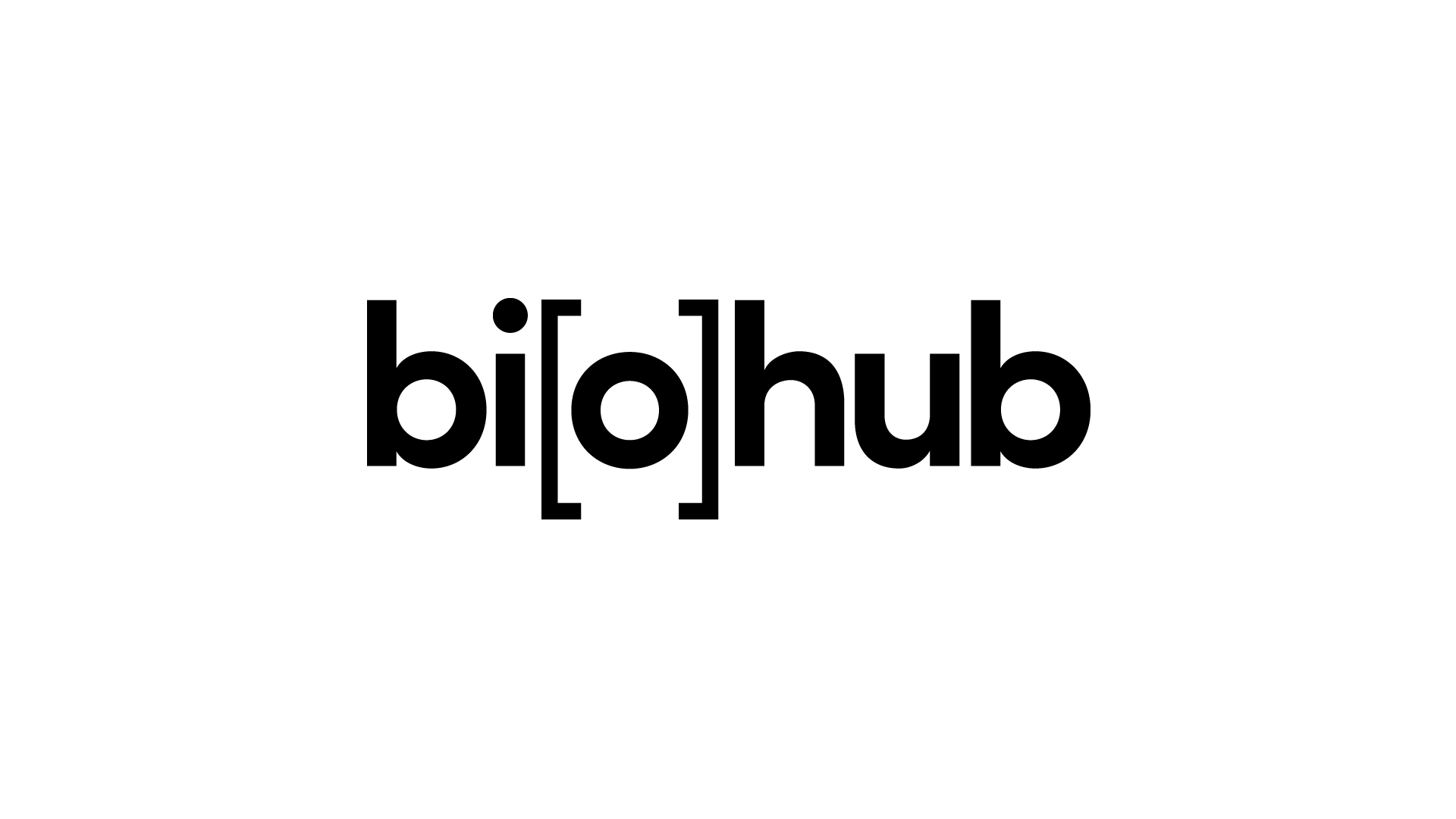METHODS FOR GENERATING NUCLEIC ACID ENCODED PROTEIN LIBRARIES AND USES THEREOF
Researchers at UCSF have developed a new method for generating protein libraries encoded with nucleic acids for more efficient identification of molecular binders.
Basic biological principles dictate that form follows function. As such, protein-protein binding based on protein form is an essential function for virtually every known biological process. Given that molecular binding of proteins is such an important biological function, it follows that biomedical scientists have developed myriad ways to exploit antibodies and other protein scaffolds to form highly specific and stable interactions with target molecules. Cancer immunotherapy, diagnostics for infectious and autoimmune diseases, and precision medicine techniques all depend on precise protein-protein binding. Generally, these methods involve both the identification of a particular molecular binder with specificity for a target of interest, as well as arming the particular molecular binder with a molecular beacon (e.g. a fluorophore that is able to be excited by specific wavelengths of light for immunohistochemistry). However, these methods require significant work to identify both binders and targets of interest, and to ensure their specificity to avoid off target effects.
Stage of Research
The inventors have pioneered a new method that allows for the rapid assembly of molecular probe libraries that can be leveraged for the highly multiplexed identification of molecular signatures and corresponding binding pairs. Briefly, expression constructs made up of several elements including a nucleic acid sequence encoding a biomolecule-binding protein, and a nucleic acid sequence encoding a
binding domain capable of binding to a binding partner. These constructs are the attached to a solid substrate (e.g. a bead) and isolated. The isolated expression construct on the solid subtrate is then incubated with reagents that result in the transcription and translation of the biomolecule-binding protein and the binding domain and allows for the binding of the binding domain to the binding partner on the substrate, thereby labelling the biomolecule-binding protein with the nucleic acid barcode. These complexes are then unbound from the solid substrate and incubated with cells to enable the allow binding of the biomolecule-binding protein to a biomolecule on a single cell. These cells then undergo single cell sequencing via emulsified droplets, including the nucleic acid barcode of the labeled biomolecule-binding protein, and therefore thereby providing the identification of the biomolecule from a single cell and a binding partner of said biomolecule.
Applications
- Rapid and cost-effective construction of barcoded nanobody or antibody libraries.
- Staining of cells in vitro to identify molecular signatures associated with different cell types/states/diseases.
Advantages
- Massively multiplexed and high throughput identification of molecular signatures and corresponding binding partners
- Able to be used with several different binding domain strategies (Spycatcher/Spytag peptide, streptavidin, neutravidin)
- Significantly more efficient and cost-effective than other similar methods
Stage of Development
Research- in vitro
Publications
PCT/US2023/062029
Keywords
Molecular signature, binding partners, protein-protein interactions, single cell sequencing, molecular probe libraries
Technology Reference
CZ Biohub ref. no. CZB-222F; UCSF ref. no. SF2022-016

